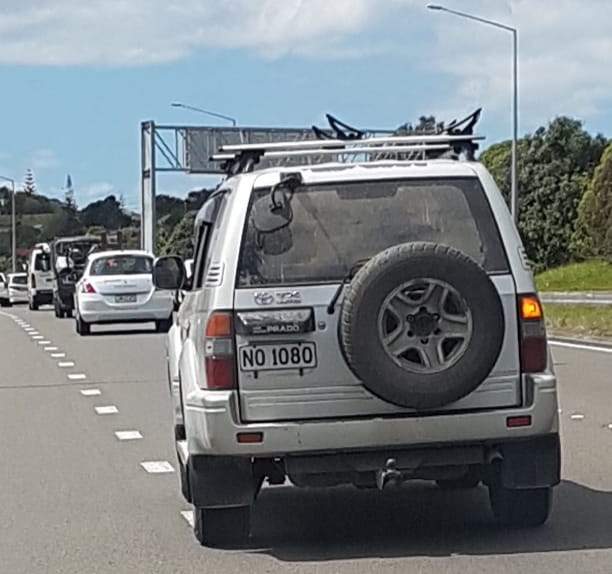Why aerial 1080 is more than a science debate

OPINION: Continued use of aerial 1080 use is more than a science debate
Damon Rusden has restated the scientific case for continued use of aerial 1080 to control pests, but his argument fails to address the social side of the debate.
Underpinning the continued reliance on aerial 1080 lies the ambitious goal of turning back the clock – of eliminating every single introduced rodent, mustelid and marsupial with the aim of making New Zealand “predator free”. While there is virtually unanimous agreement that our native flora and fauna deserve protection, the feasibility and costs of returning the country to a pre-European state are often overlooked.

In fact, the logic behind being “predator free” requires closer examination. Is this nostalgic vision of returning the country “to what it once was” really what we need and want? Is it possible, and at what cost? If we are going to try to turn back the clock on introduced species, there needs to be consensus on how far back we want to go, and the methods of doing so need to be evaluated in more than just scientific terms.
READ MORE:
* 1080 use in New Zealand: Expert Q&A
* 1080: When ‘fake news’ trumps facts, our debate is poisoned
* National Portrait: 1080 author Dave Hansford
* 1080 drop over West Coast river followed rules, says agency
* Frustrated anti-1080 protesters in Takaka lobby against poison drop in Kahurangi National Park
* Wild Waitaha River to be tamed by hydro scheme
* The technology behind plans for a predator-free New Zealand
Taking a big picture view on introduced animals may mean allocating some areas as predator free focus points, while other areas are managed with different outcomes in mind. Introduced species do have their benefits – possums yield fur, for example, and this is a valued resource on many levels. Accepting that possums are part of our national ecosystem and managing them accordingly, might therefore be a better option in some areas.

The ‘where’ and ‘why’ of 1080 also needs careful consideration. Rusden asserts that 1080 is dropped “in areas which are inaccessible by foot”. This might have been true once, but it is far from the truth today. On the West Coast, aerial 1080 is being applied to areas that are easily accessible on foot, with well-established hut and track networks.
The recent Karnbach operation is a case in point, with aerial 1080 placed in the main Waitaha riverbed and on the surrounding tracks. The supposed precision of aerial application resulted in baits submerged in the river itself. This operation, along with many others in the region, was conducted by Ospri as part of the TBFreeNZ program.
These operations have nothing to do with saving native birds or forests. Any benefits to native species are an unintended consequence of protecting the farming industry. The two goals should not be confused, or seen as one and the same.
Rusden goes on to claim that “much of the substance of the anger at 1080 seems to draw from the anti-establishment well”. In fact, there is more than anti-government sentiment at play here. There are sound ethical and animal welfare concerns surrounding 1080 use. What Rusden also fails to mention, is that the majority of aerial 1080 proponents do not live in the areas where it is being dropped.
A lot of the anger and resentment stems from a feeling of absolute powerlessness and lack of meaningful engagement with what is happening in one’s backyard. People who live in a place are often deeply passionate about it in a wholly different way to someone who comes to visit once a year. While the visitor may prize the area for its chortling flocks of tui, the family down the road obtain their water, and possibly their food, from the same block of bush. There is a fundamental difference in perspective. When the helicopters laden with poison buzz over your backyard your water supply, meat safe and recreation ground are all potential targets.
The science may be clear, but it doesn’t take into account the social, cultural or resource value associated with our ecosystems. For those who live in these areas, the anger at this top-down approach is heartfelt and understandable. Simply writing it off as emotion or anti-government sentiment is not helpful.
Economic consequences are another consideration. The current regime of aerial 1080 drops offers little or no economic return to local communities. It would be heartening if locals were approached ahead of any drop, to identify areas that would be feasible trapping targets. Employment is a real concern in areas such as the West Coast, particularly when many of the traditional industries are being shut down. Local residents should be given the priority when it comes to pest control work.
The debate around 1080 is more than the sum of all scientific papers on the topic. It is as much a social issue as it is a scientific one. There are cultural and economic aspects that need to be considered, alongside the goal of bringing back the birds and restoring the forests.
Everyone is keen to see flourishing ecosystems, but people must remain part of that picture.

